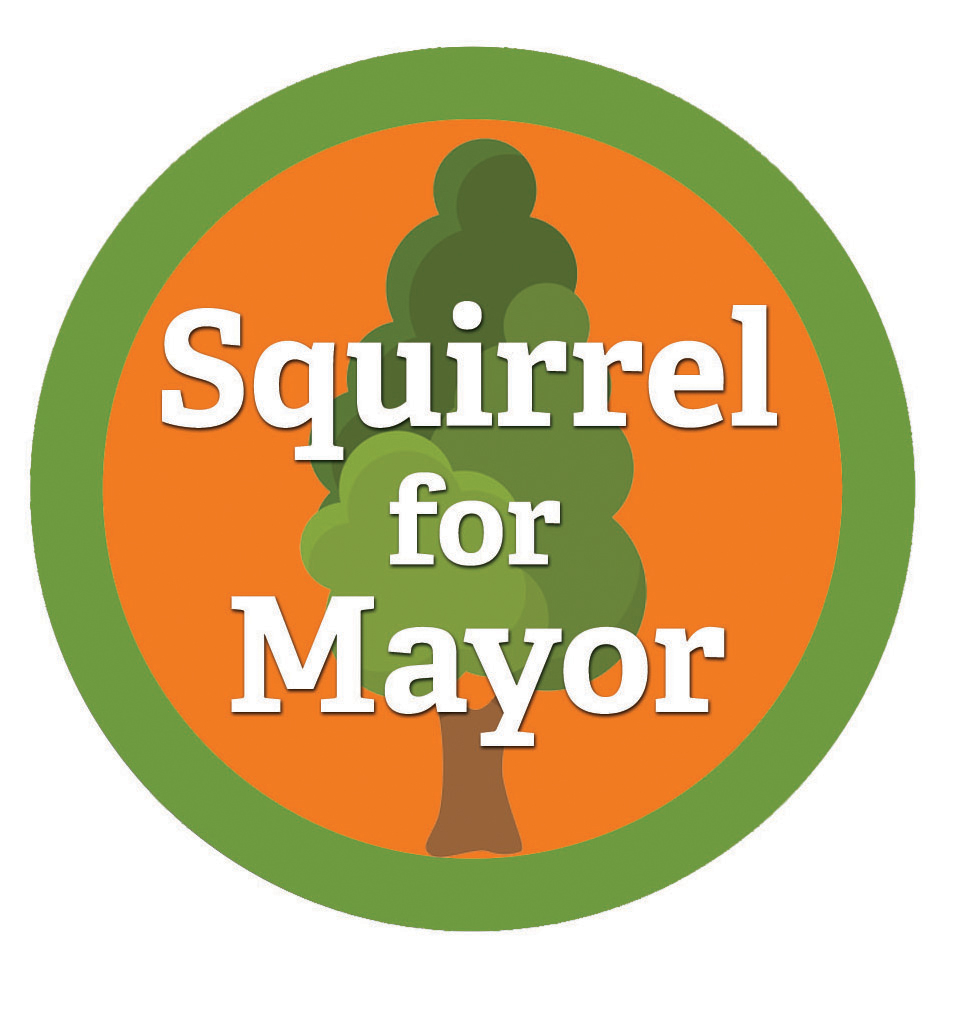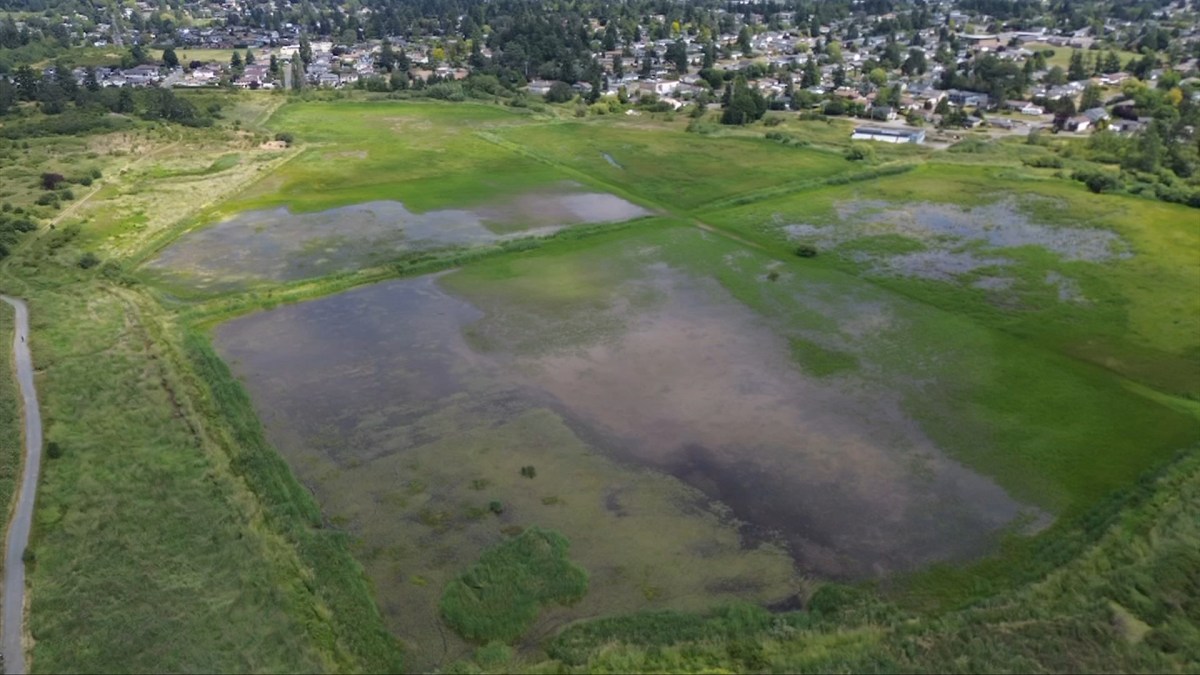Category: Tree Protection Bylaws & UFMP
-
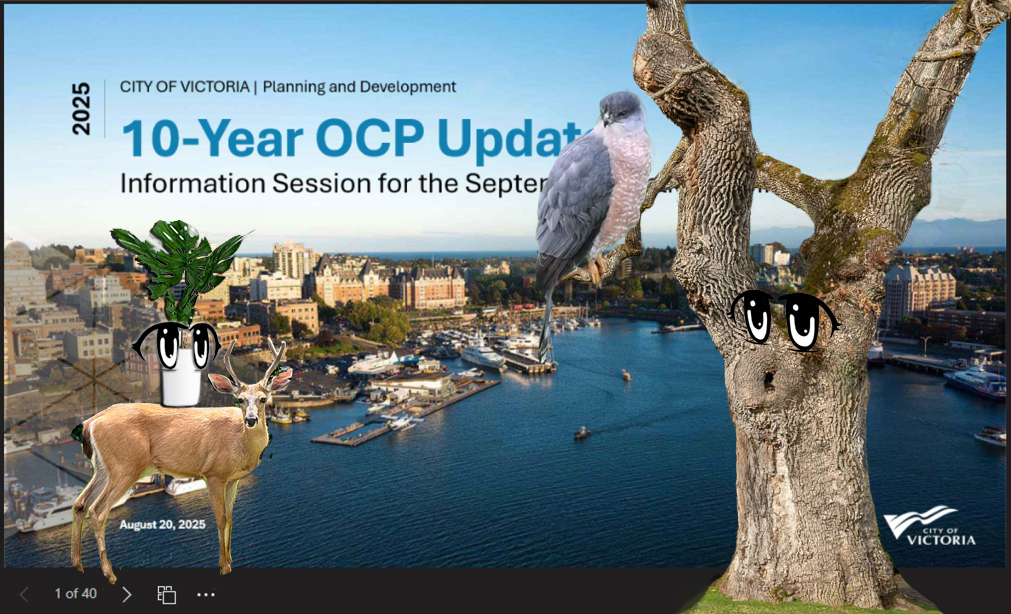
The Inconvenient Garry Oak Ecosystem: Distinguishing Native Trees from House Plants through Victoria’s Draft OCP.
By Squirrel for Mayor August 26, 2025 The urban area of the City of Victoria is the Garry oak (Quercus garryana) ecosystem (GOE) – a fact often left out of discussions on the urban forest. GOE or Kwetlal food system in lək̓ʷəŋən language, have been shaped by Indigenous agroecological management for thousands of years. It Read more
-
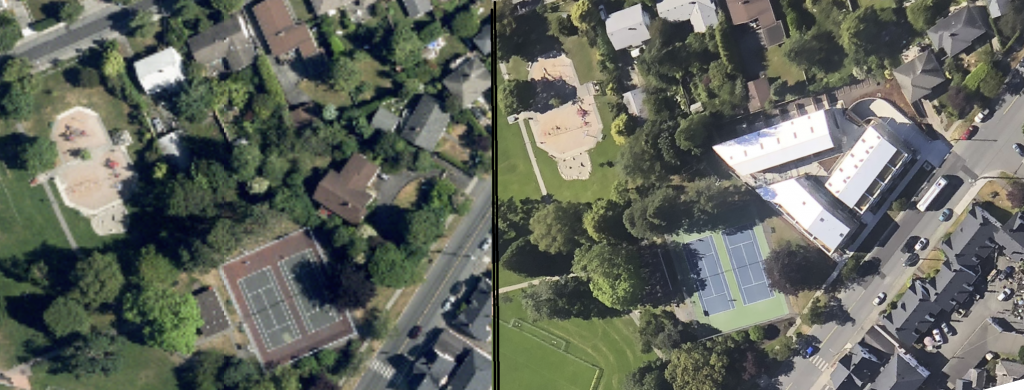
Do Tree Protection Bylaws really “protect” the urban forest since the introduction of new housing regulations and legislation?
Tree Protection bylaws for the urban forest are municipal. Each municipality is slightly different, but they are all affected by provincial legislation. Citizens believe that these bylaws protect the urban forest. The word “protection” is in the name, so it’s a fair assumption, but it requires a deeper look. Let’s use the City of Victoria’s Read more
-

Council Member Motion – Urban Forest Canopy
Council Member MotionFor the Committee of the Whole Meeting of April 3rd, 2025 COTW Video segment:https://pub-victoria.escribemeetings.com/Meeting.aspx?Id=f613a2e9-ce96-43b6-aca8-b281afcdaf54&Agenda=Merged&lang=English&Item=23&Tab=attachments Motion (.pdf)https://pub-victoria.escribemeetings.com/filestream.ashx?DocumentId=101687 BACKGROUND: A significant value for Victorians is nature, our climate, our hills, our natural green areas, and our urban forest. Section 4, Blue Green Networks of the 2025 DRAFT OCP, includes a brief description of the City’s Read more
-
City of Victoria’s 2019-2023 LiDAR vegetation change detection analysis
City of Victoria Tree Canopy Using LiDAR data to Measure the City’s Tree Canopy. LiDAR (Light Detection and Ranging) technology uses laser pulses to create detailed 3D models of the environment. The City of Victoria’s Urban Forest Canopy Analysis from 2019 to 2023 was posted on Wednesday, April 02, 2025. Individual data points create point Read more
-
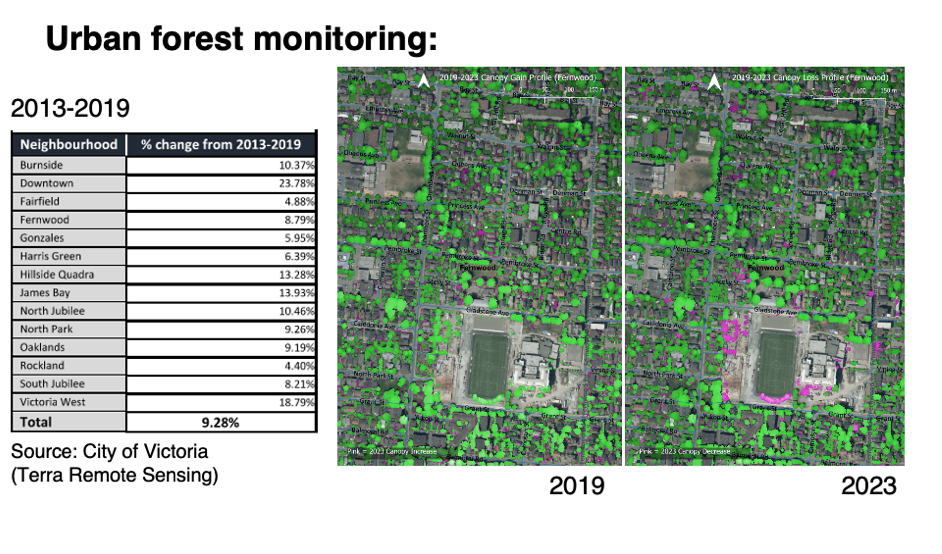
Presentation to Council- Urban Forest and Natural Assets, City of Victoria
Presentation: Thursday, March 13, 2025 at 6:30 P.M. Council Chambers E. Request to Address Council E.7 Urban Forest and Natural Assets (LiDAR) update for Draft OCP “Victoria 2050” Video Link: https://pub-victoria.escribemeetings.com/Meeting.aspx?Id=22a0de46-6b14-4887-83fe-114fa79ced8d&Agenda=Merged&lang=English&Item=29&Tab=attachments Documents: The City of Victoria has collected urban tree canopy data over multiple years by to perform ongoing measurements of its urban forest canopy. The City has outsourced urban tree canopy monitoring Read more
-
Dear Developer: Invitation template
Document published through the VCAN Community Mapping Project (Appendix “Dear Developer: Invitation template”) The scale of land use changes in the City of Victoria created a discussion by the VCAN Mapping Team on how start a conversation about the Garry oak ecosystem with market actors like builders and developers. The City of Victoria’s Tree Protection Read more
-
Open Letter to Matt Dell and City of Victoria Councillors about the Urban Forest
Dear Councillor Matt Dell, This letter serves as an open invitation for you to consider some of the unique community forest qualities in the territory that you now call home. The urban landscape of Victoria is characterized by Kwetlal, known also as the Garry oak ecosystem (GOE). This is a crucial detail often overlooked in Read more
-
BC Municipalities – Tree Protection Bylaw
Colwood (2022) Central Saanich (2021) Esquimalt (2022) Highlands (2001) Langford (2024) Metchosin (2013) North Saanich (2022) Oak Bay (2020) Saanich (2019) Victoria (2021) View Royal (2022) BC Tree Protection Bylaws in British Columbia, Raincoast Conservation Foundation Read more
-
City of Victoria 2013 and 2019 Tree Canopy Estimates by Neighbourhood
CITY OF VICTORIA 2019 TREE CANOPY ESTIMATES BY NEIGHBOURHOOD Neighbourhood Neighbourhood Area (Ha) 2019 Tree Cover (Ha) Percent of city-wide canopy Burnside 237 34 6% Downtown 77 7 1% Fairfield 297 92 17% Fernwood 175 56 10% Gonzales 136 53 9% Harris Green 24 4 1% Hillside/Quadra 166 57 10% James Bay 236 63 11% Read more
